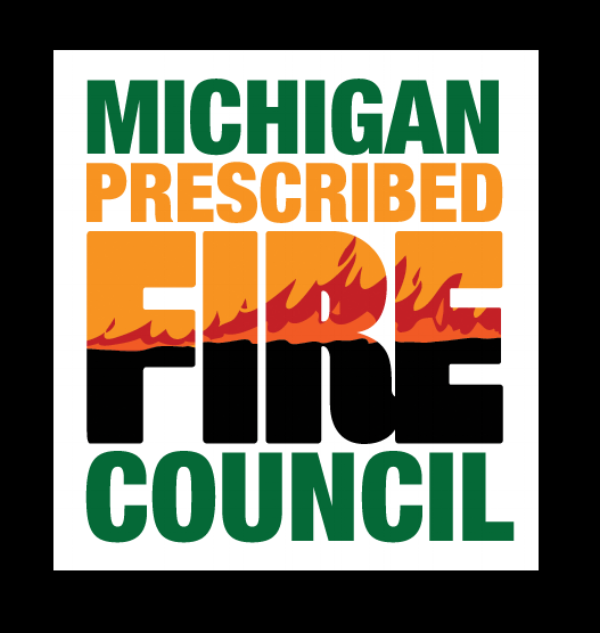Radio Etiquette:
This drill is designed to be done during the quarantine. begin a group call between your crew, assign each firefighter a call sign. Have them follow proper radio etiquette as per your agencies SOP. Start simple as a basic “Hey you, its me”. Then work your way up to “calling” dispatch and giving a size up, or even requesting additional alarms for your “incident”. Get creative with this.
On the fire line, we should expect any firefighter to be able to talk on the radio. At any point your leadership could be taken out for any reason. So every firefighter should have the skills to talk on the radio. Yet this task seems to intimidate both probies, and senior firefighter alike. Biggest things to point out to the crew is to keep calm while on the radio. Nobody likes someone yelling in there ear. Take a second or two to think about what you are going to say. If your the officer, or first due to a fire, your tone of voice is going to set the tempo for the whole fire. If your talking fast, and back tracking your sentence, your crews actions will reflect that.
Please like, comment, and share this post, and let us know what your agency does for training on talking over the net.
:







